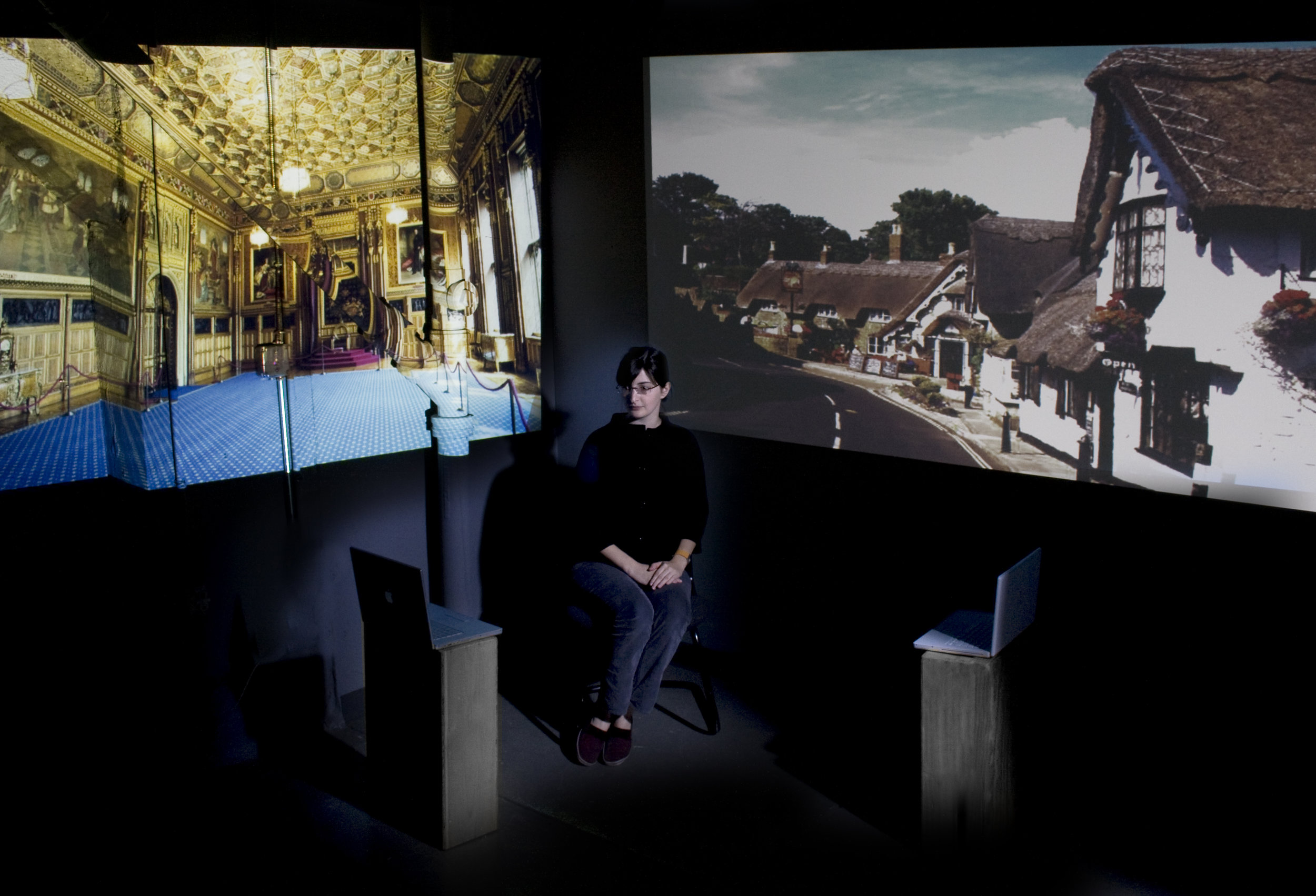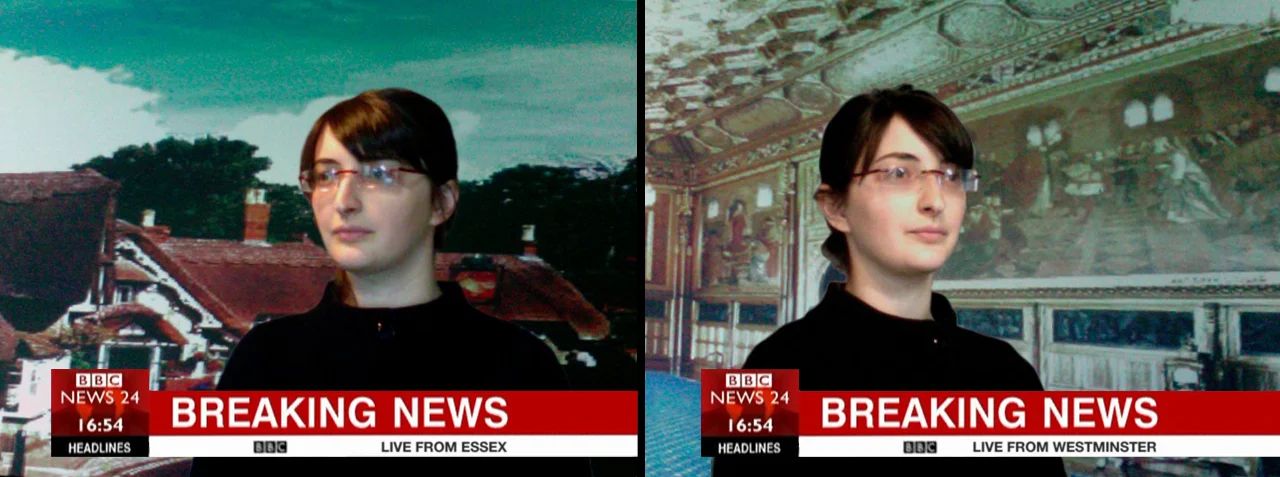Webcam House I
The Webcam House Series posits domestic spatial organizations based on the boundaries of webcams and other telecommunication devices. In the 21st century, notions of public and private are altered by the visual transmission of interiors to a global public. These projects imagine how image projection and other realtime visual technologies reorder the domestic sphere.
Bicamera House
Any parliamentary representative by definition lives two lives: as a Minister of Parliament and as a member of a constituency. In 2009, widespread abuses of Ministers’ residential allowances were uncovered, triggering questions about Parliamentary procedures. The UK Parliament Expenses Scandal underscores the inherent problems in maintaining two lives. A minister must be responsible for duties in Westminster and to the constituents back home.
With recent advances in communication technologies, the MP expenses scandal highlights the unnecessary and at times absurd requirement that an MP ever reside in their constituency. The real issue is not the abuse of expenses, but the redundancy of paying for two places of residence. An MP speaks for their constituents in Parliament, but an MP speaks to their constituents through television. Physical presence in a constituency is no longer required to govern effectively.
This project proposes a reorganization of residential and representative priorities. All MPs will live in Westminster. Ministers live in common housing by county. Larger counties acquire larger buildings to renovate into Minister Housing, allocating approximately 150 square meters per MP. Within their spaces, the Ministers have both office and personal space. The office space is defined by two webcams perpetually focused on the MP at work. One webcam is the “constituency” camera, with a backdrop representative of their constituency; the other is the “Westminster” camera, creating an image of ministerial authority. Rather than a mere backdrop, the spaces are authentic and full three-dimensional scenes, carving out space in the residence to work as a public servant and visible figure.
In this organizational strategy, the MPs are fully conscious of the public’s ability to view them at work. Occupying the projection cone of the camera means that the Minister is visible to both MPs and their electorate. Private spaces (toilet, bed, etc.) are spaces that occur outside the bicameral cones. As MPs are living together within a unit, the planning of private spaces are forced to exist around the workspace of the webcam view. In the new scheme, traditional notions of domestic public and private transform to private space and space owned by the public.
Parliamentary Ministers communicate to the public via visual media
With current technology, a Minister can present a cross-referenced media presence: as a Minister and as a resident of a constituency
Real-time mockup of cross-referenced media using projectors for backdrops and computer webcams for transmission
The double media setup allows a minister to simultaneously address their constituents and fellow ministers
Ministers are housed within homes around London based on county
Existing buildings are modified to create overlapping media spaces enabling a doubled presence between home and Parliament





